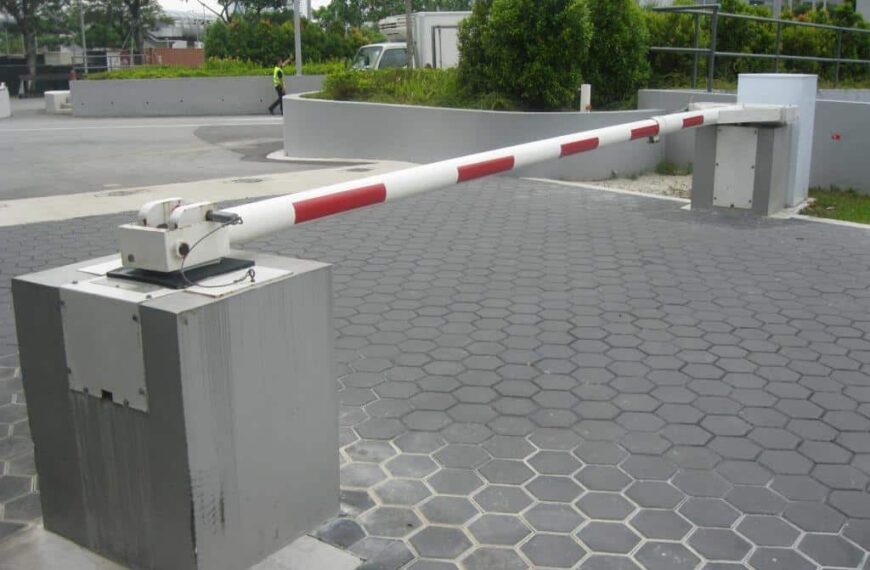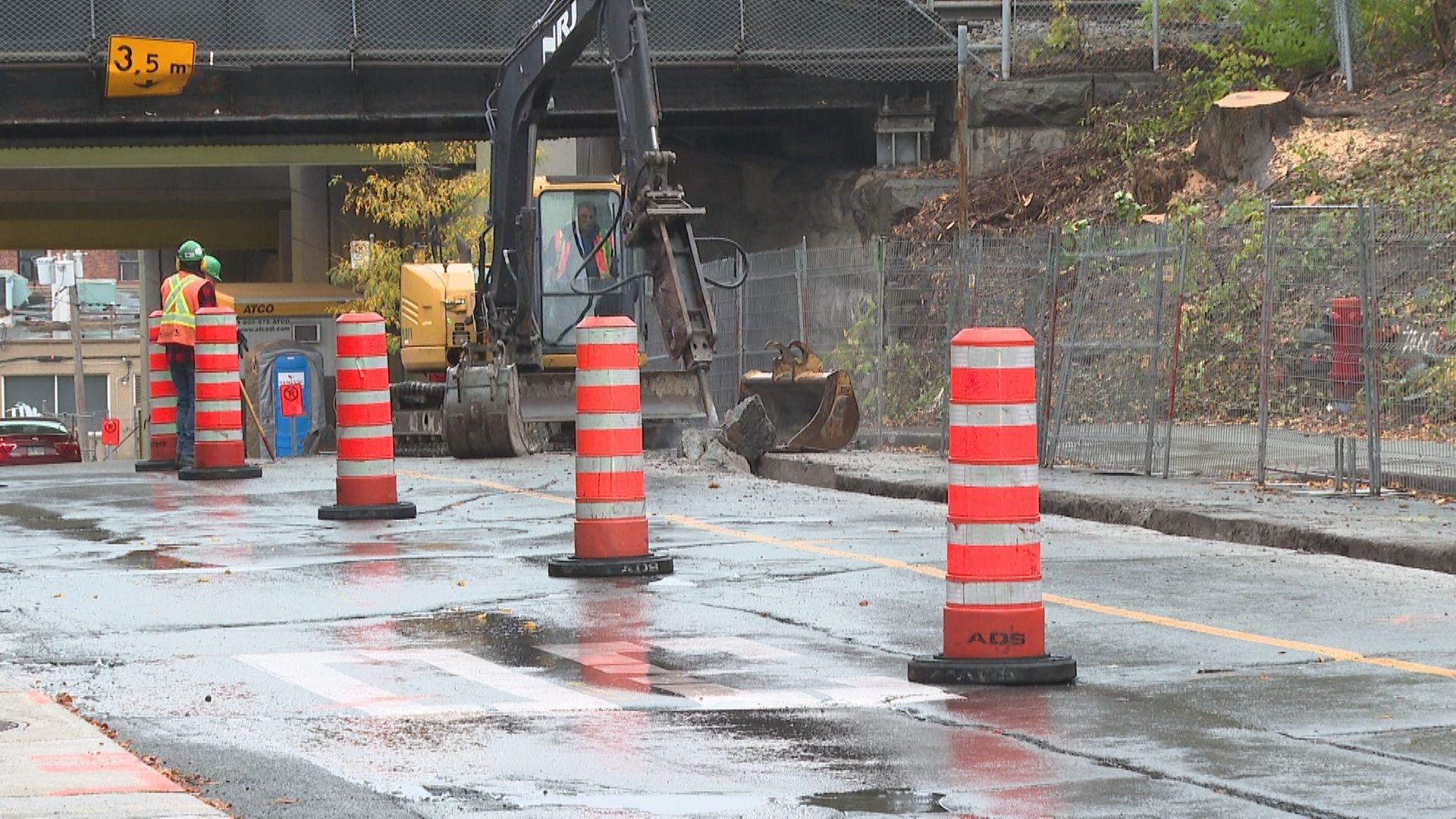The Only Guide for Crash Beams
The Single Strategy To Use For Crash Beams
Table of ContentsSome Ideas on Crash Beams You Need To KnowSome Known Factual Statements About Crash Beams An Unbiased View of Crash BeamsA Biased View of Crash Beams5 Simple Techniques For Crash Beams
High light beams profit motorists on dark roadways at evening and at various other times when it is difficult to see (Crash Beams). Inappropriate high light beam usage might be harmful. In Ontario, there are legislations to define proper use high beam of lights to aid prevent hazards that can cause a severe collisionHowever, making use of sound judgment, you can utilize your high light beams securely even if you are unsure of the range. : When you adhere to another automobile, transform your high beam of lights off. Lower your high beams when you see the headlights of approaching web traffic, Reduced your high beam of lights when rising a hill Improper high light beam usage produces hazards for vehicle drivers in oncoming vehicles and the motorists who poorly utilize them.
In this scenario, motorists are most likely to collapse right into other automobiles. Drivers might additionally miss other things or dangers in the roadway. Misuse of high light beams may likewise create chauffeurs to misjudge: Just how much distance they require to brake chauffeurs in this scenario might be not able to drop in time to avoid a crash.
Inflammation can promptly escalate into more dangerous behaviour. All vehicle drivers owe an obligation of treatment to stop damage to others. Each case is various.
The Best Guide To Crash Beams

, where a towering crane has been brought in, and a big number of staff vehicles and automobiles are blocking the road. Some vehicles deal far better than others with extra extreme side accidents
, indicating suggesting there is still room space more progress. Side airbags, which today are basic on many new passenger vehicles, are developed to keep individuals from clashing with the within of the automobile and with things outside the lorry in a side accident.

To fill this void, we initiated our own examination with a various obstacle one with the elevation and shape of the front end of a normal SUV or pickup at the time (Crash Beams). NHTSA barrier, displayed in yellow, superimposed over the taller obstacle utilized in the original IIHS examination In 2021, IIHS overhauled its examination with a much more serious accident and a much more practical striking obstacle
The 3-Minute Rule for Crash Beams
It is better to the ground and shorter than the initial IIHS obstacle however still more than the NHTSA obstacle. Updated (left) and original IIHS side examination barriers In our initial examination, a 3,300-pound learn this here now obstacle with the approximate height of an SUV hit the motorist side of the automobile at 31 miles per hour.
As an outcome of these adjustments, the brand-new examination entails 82 percent much more energy than the original examination. The honeycomb surface area of the barrier in the second examination is also various. Like actual SUVs and pickups, the new barrier often tends to flex around the B-pillar between the driver and back passenger doors.
The owner room can be endangered by doing this also if the automobile has a strong B-pillar. In both tests, 2 SID-IIs dummies representing tiny (5th percentile) females or 12-year-old children are placed in the motorist seat and the rear seat behind the vehicle driver. IIHS was the initial in the USA to use this smaller sized dummy in an examination for consumer information.
Much shorter drivers have a greater possibility of having their heads enter contact with the front end of the striking vehicle in a left-side collision. Designers consider three aspects to determine side ratings: chauffeur and guest injury procedures, head protection and structural efficiency. Injury procedures from both dummies are used to identify the probability that owners would suffer considerable injuries in a real-world collision.
About Crash Beams

To load this space, we initiated our very own examination with a different barrier one with the height and shape of the front end of a normal SUV or pick-up at the time. NHTSA barrier, received yellow, superimposed over the taller barrier utilized in the initial IIHS test In 2021, IIHS overhauled its test with an extra extreme crash and a much more practical striking obstacle.
It is more detailed to the ground and shorter than the original IIHS obstacle however still more than right here the NHTSA barrier. Upgraded (left) and initial IIHS side test barriers In our original examination, a 3,300-pound obstacle with the approximate height of an SUV hit the chauffeur side of the automobile at 31 miles per hour.
As a result of these adjustments, the brand-new test involves 82 percent more power than the initial examination. The honeycomb surface of the obstacle in the 2nd test is also various. Like genuine SUVs and pickups, the new obstacle tends to bend around the B-pillar between the driver and back guest doors.
The Only Guide to Crash Beams
The owner area can be jeopardized by doing this even if the automobile has a solid B-pillar. In both examinations, 2 SID-IIs dummies representing tiny (fifth percentile) women or 12-year-old children are positioned in the vehicle driver seat and the back seat behind the motorist. IIHS was the very first in the United States to use this smaller dummy in an examination for consumer info.
Much shorter drivers have a greater chance of having their heads enter contact with the front end of the striking automobile in a left-side collision. Engineers check out three variables to determine side ratings: chauffeur and passenger injury steps, head security and architectural performance. Injury procedures from both dummies are used to figure out the chance that passengers would endure significant injuries in a real-world collision.
If the vehicle has airbags and they carry out correctly, the paint needs to wind up her response on them. In cases in which the barrier hits a dummy's head during impact, the dummy usually tapes extremely high injury measures. That might not be real, nevertheless, with a "near miss out on" or a grazing call.